Scientists have just announced the discovery of a new species of insect in the Atherton Plateau, north Queensland, Australia. This giant stick insect, named Acrophylla alta , is impressive for its outstanding size, which is believed to be due to its unique habitat at high altitude.
New species of giant stick insect discovered in Australia ( Video : James Cook University).
Professor Angus Emmott, a researcher from James Cook University, and scientist Ross Coupland began the search after seeing a photo of what they believed was an "unknown creature".
Their efforts were rewarded when they found a large female laying eggs at an altitude of 900m.
“As soon as we saw how it laid its eggs and observed the eggs, we knew immediately that this was an undiscovered species,” Professor Angus Emmott shared.
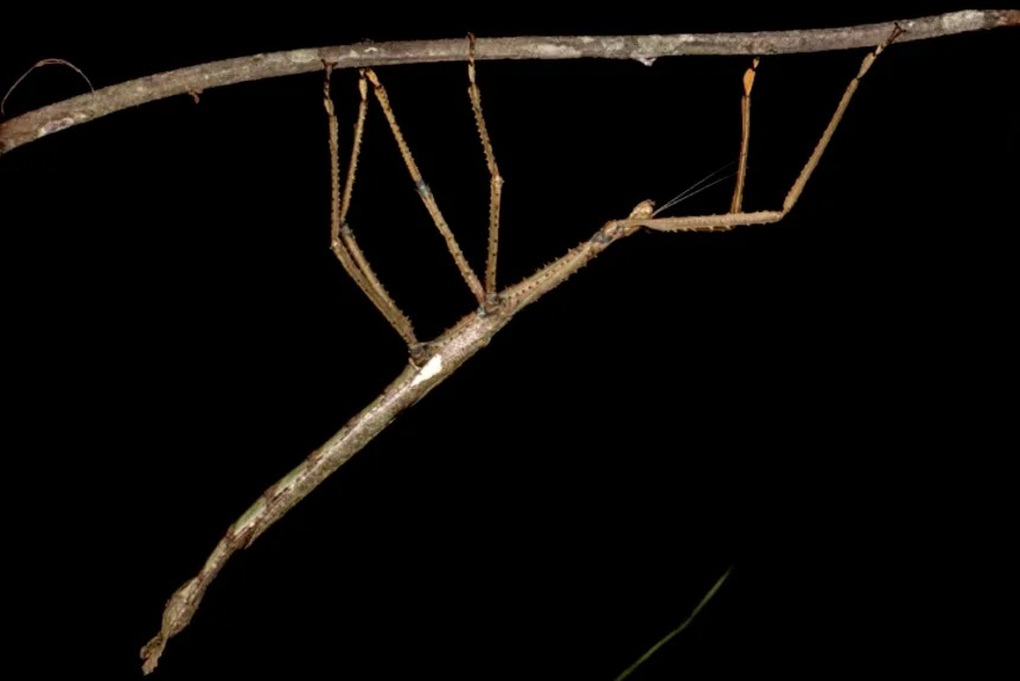
The newly discovered stick insect species is 40cm long and weighs 44g, equivalent to a golf ball (Photo: James Cook University).
Professor Emmott explained that the reason the insect had not been discovered before was because its habitat was difficult to access, often located high in the tree canopy. He also said that its "huge" size compared to other stick insects allowed it to survive in humid environments at high altitudes.
Two females have been found, with one in a Queensland garden. “Before releasing it, they photographed and weighed it, weighing almost 44g and measuring 40cm long,” Mr Emmott said. “We believe it is the heaviest insect in Australia to have been scientifically described.”
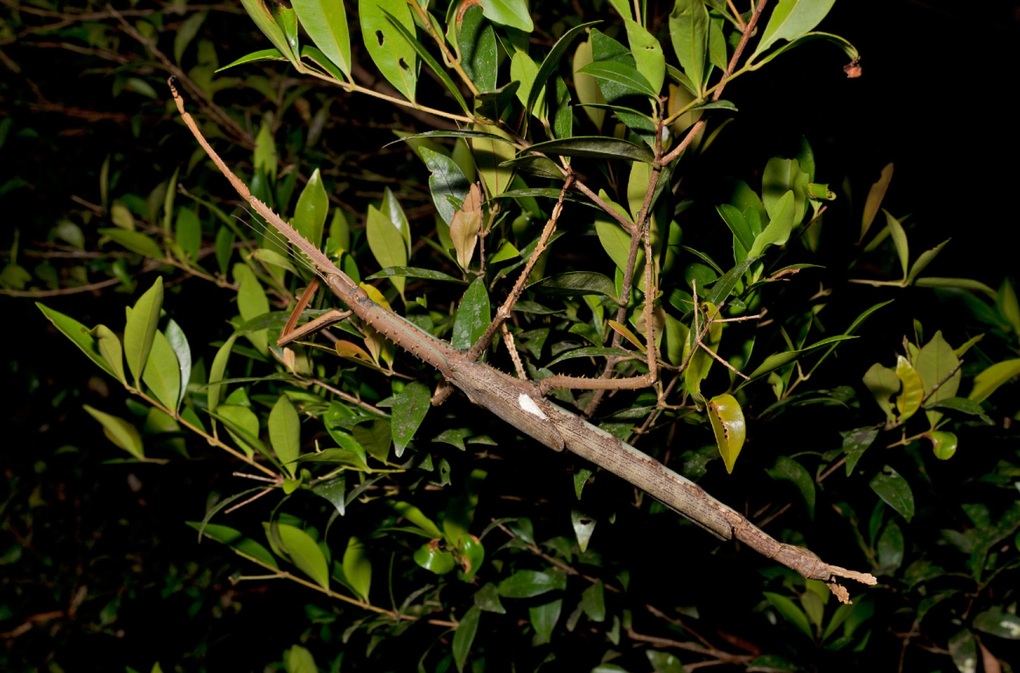
Scientists have only found two female individuals of this new species of stick insect (Photo: James Cook University).
The discovery was published in the journal Zootax. However, scientists have yet to find and observe males of this new species of stick insect.
Entomologist Nicole Gunter from the Queensland Museum said the discovery adds to the biodiversity of Australia, a country known for its " world's largest" range of creatures.
“Up to 70% of Australian insect species have not been discovered or studied in depth. The discovery of such a unique individual is of great significance for their conservation. In particular, this species of stick insect has only been recorded living in tropical areas of Queensland,” Ms Gunter stressed, showing the importance of protecting the species’ natural habitat.
Source: https://dantri.com.vn/khoa-hoc/uc-tim-thay-loai-con-trung-lon-nhat-dai-bang-canh-tay-20250804104408663.htm


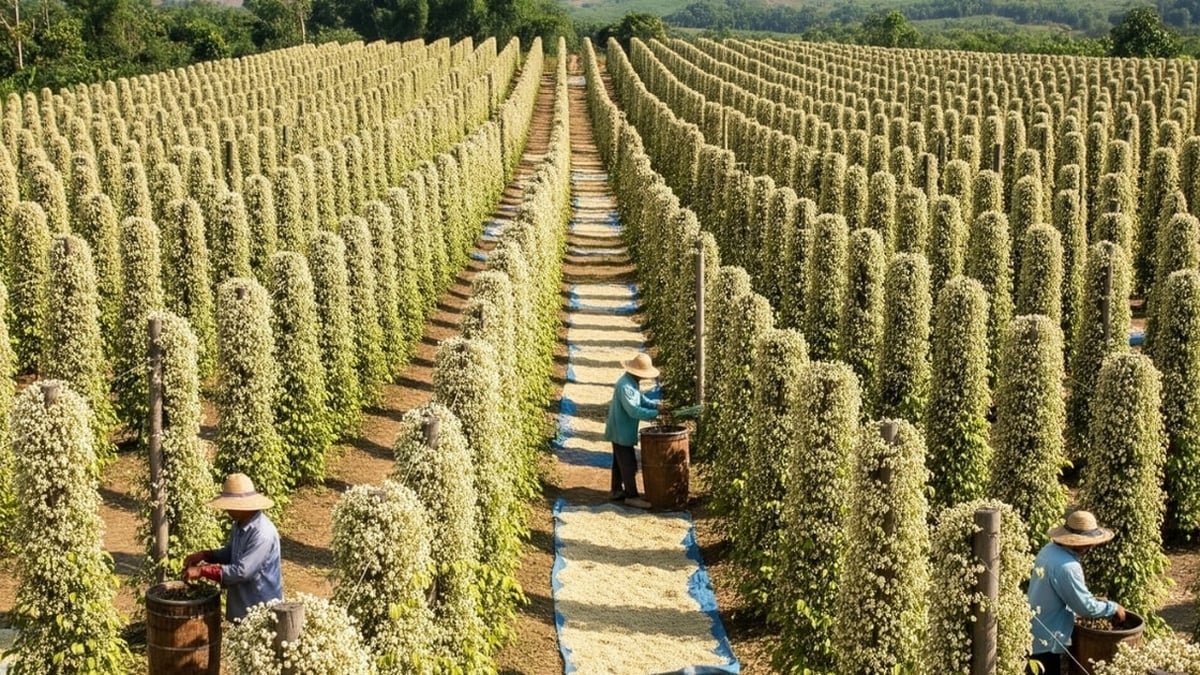

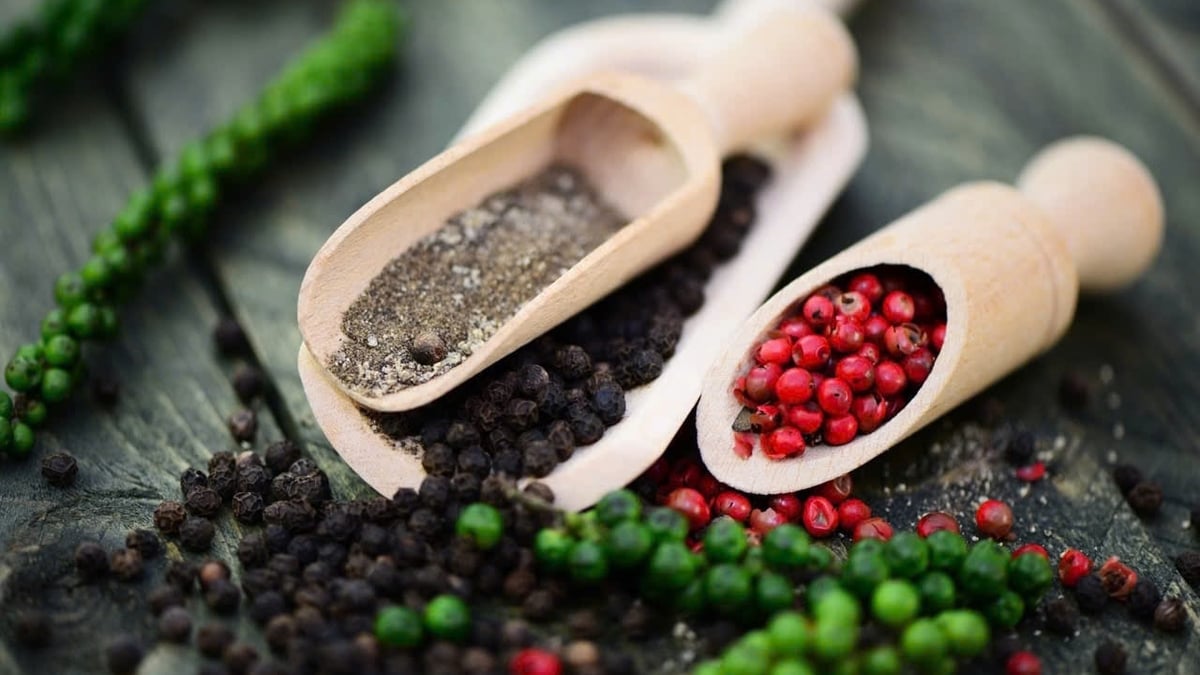




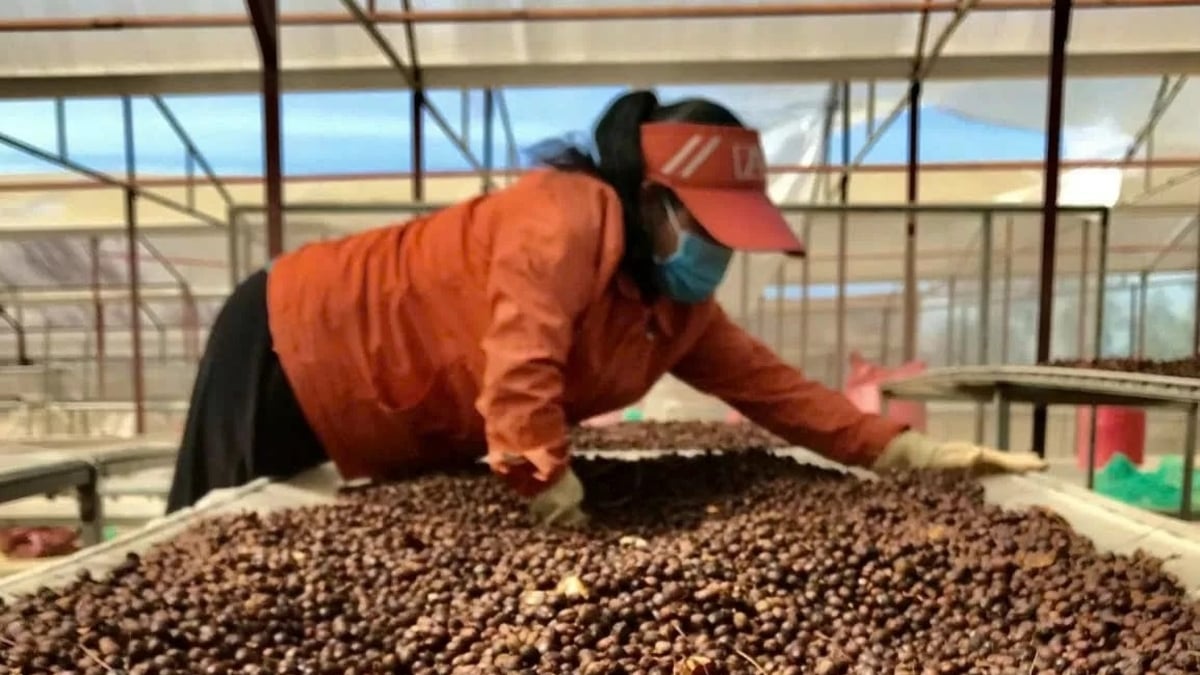

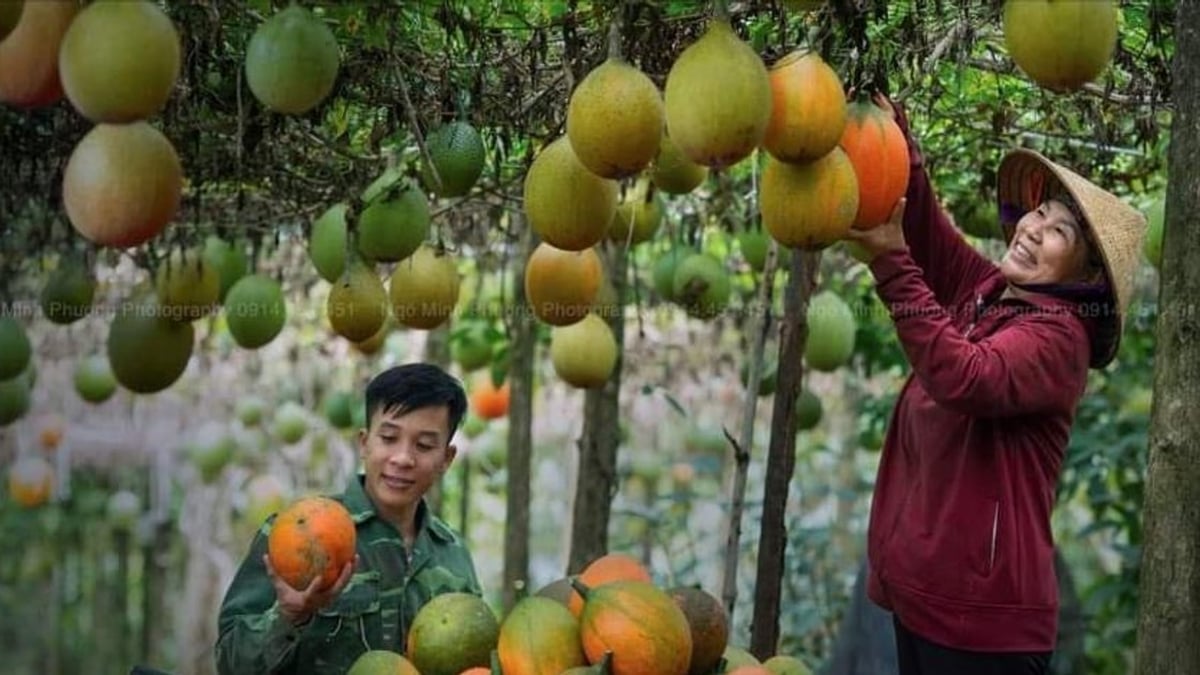












![[Photo] Nghe An: Provincial Road 543D seriously eroded due to floods](https://vphoto.vietnam.vn/thumb/1200x675/vietnam/resource/IMAGE/2025/8/5/5759d3837c26428799f6d929fa274493)




































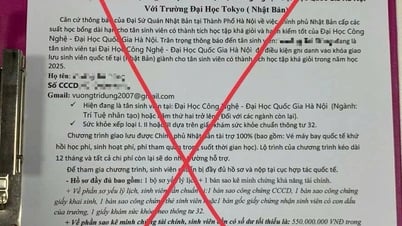


































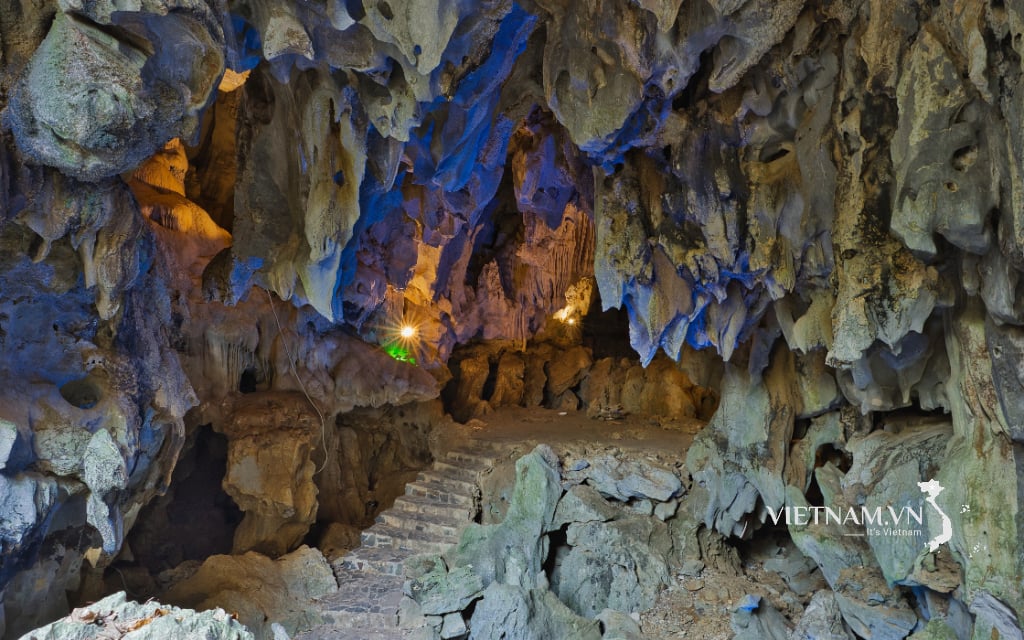

Comment (0)